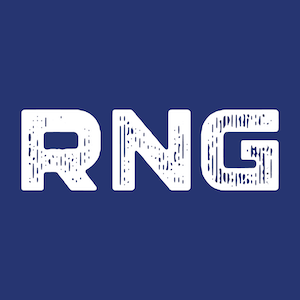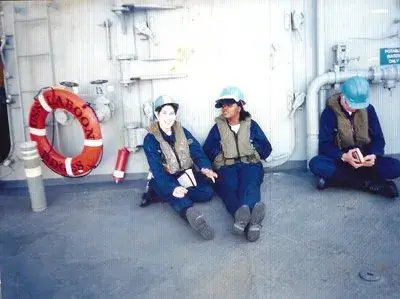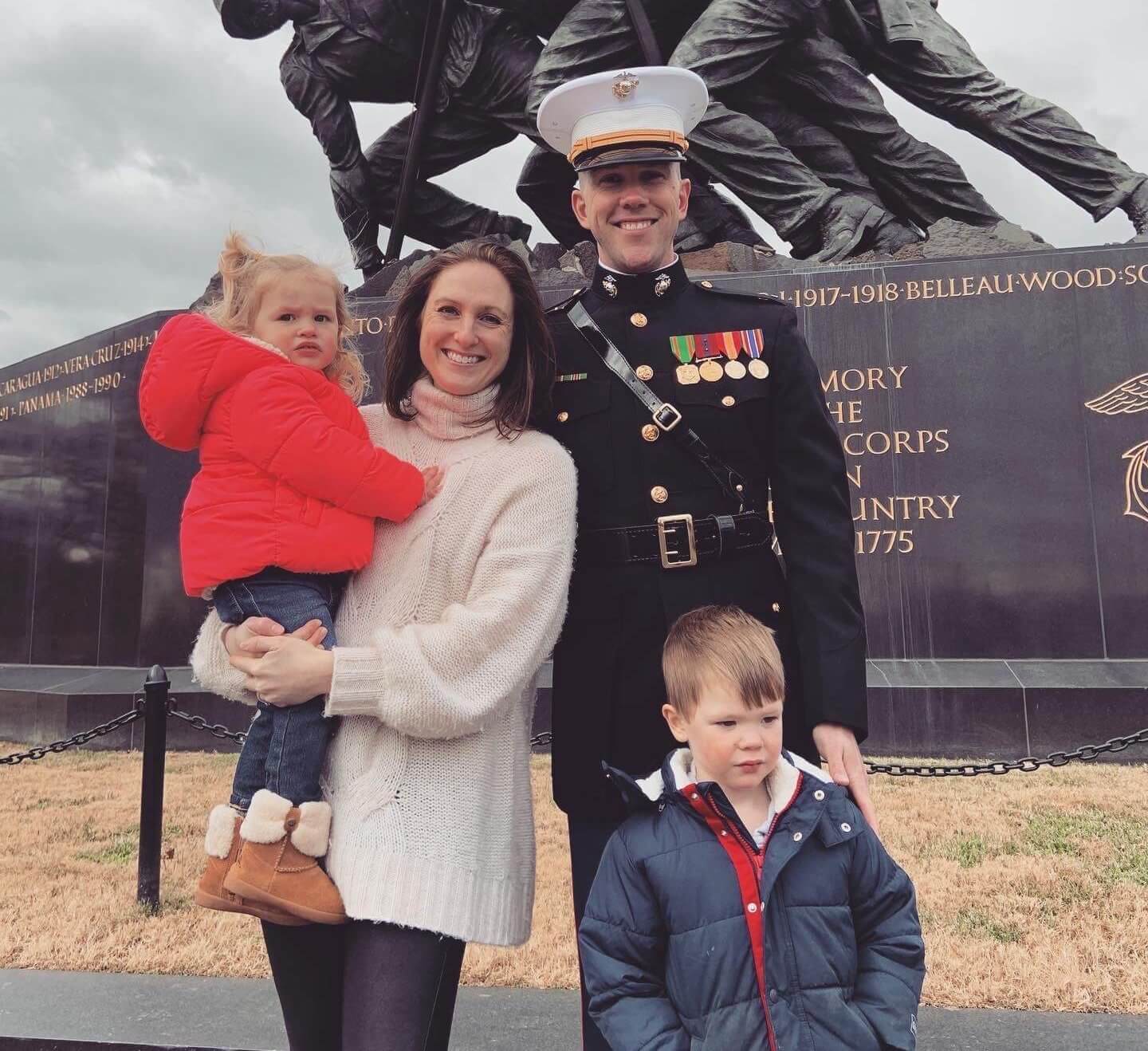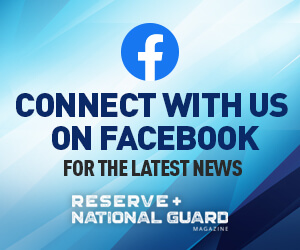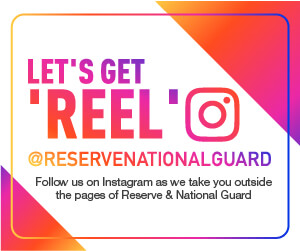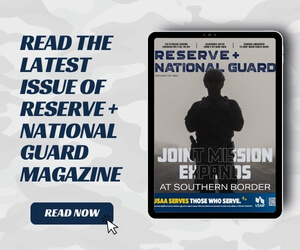With less than a handful of days remaining in December, an eclectic range of Christmas decorations adorns the boats in the harbor. As my gaze drifts from the gently swaying winterized vessels to the gray haze across the horizon, my thoughts settle on my first ship: the USS Laboon.
After nearly 24 years of naval service, it’s decision time. Not whether I should stay for the silver jubilee or go for 30 years, but rather what will bring me joy. As I ponder this question, I can think of only one person —Senior Chief Boatswain’s Mate Jennifer Wherry.
Growing up, I knew very little about the military. At 14, I noticed an unfamiliar woman in a white uniform sitting on my neighbor’s step one Saturday morning. After exchanging pleasantries, she told me she’d joined the Navy to pay for school. I’d never met anyone in the service. I didn’t think much of it when she encouraged me to join the military — preferably the Navy.
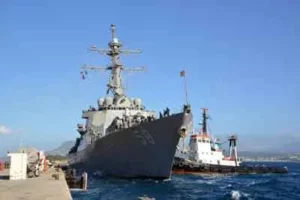
Three years later, as I rode a city bus and worried about how I would pay for college, I remembered her words. The next day, I headed to the Navy recruiting office. By week’s end, I raised my right hand; two weeks later, I shipped off to boot camp. A few weeks of seaman apprenticeship training prepared me for my first ship: the Laboon. I was 17 years old.
On Dec. 29, 1999, I walked — or more accurately, staggered — against strong headwinds down the barren pier while balancing my seabag. When I reached the Laboon, I clumsily saluted the ensign and asked for permission to come aboard. The watch looked at my orders, and someone told me to wait for a member from the deck department.
BMCS Wherry had a crisp khaki uniform, piercing eyes, and spoke matter-of-factly as she showed me to the only junior enlisted female berthing. I was one of only two females in her department. “Here is your rack,” she said, pointing to a middle bunk toward the front of the room. She asked me a bit about myself and then got down to business.
“There are some things you need to remember,” BMCS Wherry began. “Be on time. Don’t get pregnant in your first year. And you have duty tomorrow, so don’t be late.”
The next morning, I showed up to duty an hour early. Throughout the day, I paid close attention to the happenings around the quarterdeck, taking copious notes. When the bugle call for evening colors commenced, I reflected on my first duty day. I’d learned where to muster for drills, that a working party is not a party, and that the ship would deploy to the Mediterranean in 45 days.
As we prepared for deployment, final preparations required long hours and longer explanations and checklists. But there was still more to do. BMCS Wherry pulled me aside and told me I needed to earn my ESWS pin. “Yes, chief, and how is that spelled?” I asked. The enlisted surface warfare specialist qualification is highly regarded for promotion.
Weeks later, tug boats guided the Laboon from the pier to the harbor for deployment to the Mediterranean. After stowing the lines, BMCS Wherry gave me a thick white binder. “You’ll need this to study for your ESWS pin. If you earn your pin before the end of the deployment, I will give you mine,” she said. I thanked her and smiled at the thought of the challenge, intrigued by the prospect of an ESWS pin.
I was unprepared for the first challenge of a deployment: abject boredom. Except for an errant ship, schools of dolphins, or tiny slivers of land off in the distance, the first weeks at sea felt like Groundhog Day. As the ship approached the first port in Dubrovnik, Croatia, I felt anticipation rising among the crew. When the ship pulled into port, I helped to moor the lines, install rat guards, and set up the quarterdeck. Between tasks, I daydreamed about where I would go and what I would wear on that first outing. Some seasoned sailors shared tales of what to expect in Dubrovnik.
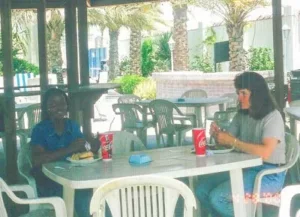
My hopes of letting loose were dashed when BMCS Wherry instructed me to get my ESWS book. I begrudgingly complied. She met me on the mess decks and talked about everything from reverse osmosis and underway replenishments to tomahawk missiles. Unbeknownst to me, the practice of meeting BMCS Wherry on the mess decks on the first day of port call to study would continue for the next few ports.
When I managed to venture into town, fellow sailors referred to BMCS Wherry as my sea mama. Soon, the name “Mama Wherry” took hold. Mama Wherry capitalized on every moment to test my knowledge. Whether walking in the passageways, standing duty, or participating in underway replenishments, she asked me questions from the ESWS book. When I fumbled on processes or concepts, she’d schedule 2 a.m. “walk-throughs” with sailors in engineering, weapons, or other departments to shore up my knowledge. When I wasn’t studying, I stayed relatively close to Mama Wherry. When the ship docked in the United Arab Emirates and sailors planned outings, I went to lunch with Mama Wherry.
Then, halfway through the deployment, Mama Wherry left to care for a family member. For the first time since crossing the quarterdeck on that cold December day, I did not have a deliberate guide to mark my path. Her absence saddened me, but I’d be lying if I didn’t acknowledge that I felt equally excited about my prospective freedom at the next port. When the ship finally docked, I did something else that I’d waited months to do—I took and passed my ESWS test and oral board.
With this task accomplished and Mama Wherry on another continent, I went into town on the first day at the next port. I remember laughing and joking with fellow sailors, visiting a tattoo parlor, and eating authentic Italian food as we traveled to Venice by train.
From Venice, the ship made several brief stops, intercepted vessels, and then headed to Gibraltar for the final port call. With the deployment nearing its end, crew morale, including mine, was exceptionally high. However, amid the jubilation, I felt sad, or at least confused. Earning the ESWS pin was my singular goal for the deployment. I didn’t know what to do next, and without Mama Wherry’s guidance, I felt lost at sea.
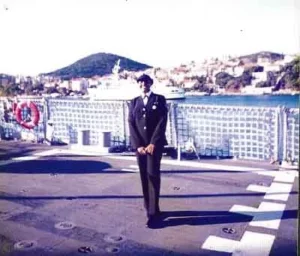
Before the ship pulled out for Norfolk, I ventured into town and had lunch at a local bistro. I needed to make a plan for what to do next, and I had to figure out where to start. As I tapped on a blank notepad, an older man sitting at a nearby table noticed my agitation.
“Whatever you are trying to figure out, ask yourself if you’re disciplined enough to do it,” he offered. “Remember, motivation is not discipline. Whatever you do, make sure you’re happy because sometimes we’re the creator of our own misery.” We chatted briefly, and I thanked him for his insights. I walked back to the ship with a blank steno pad, but I had goals to fill the pages.
When the ship pulled into Norfolk, Mama Wherry stood on the pier directing tug boats. Once the ship was moored, I showed her my ESWS pin.
“I knew you could do it,” she said. Later that day, as promised, she pinned her ESWS pin to my dungaree shirt.
Two decades later, I sit here holding Mama Wherry’s ESWS pin in my palm. She left the Laboon shortly after the deployment, and we never crossed paths again. Mama Wherry—the only female boatswain’s mate on the Laboon—never told me why she took me under her wing, and I never asked. But this is certain: Mama Wherry set a standard within 24 hours of knowing her that has withstood my nearly 24 years of naval service.
That first “cruise” took me to many places, but Mama Wherry kept me grounded. I credit her leadership and mentorship for creating the solid foundation upon which I built my career and how I lead and mentor sailors.
Now, I need to use those same principles to prepare for what I want to do next. Charting my future goals seems much more complex than the ESWS pin. A glance at the harbor and I sigh, longing for the simplicity of that lone deployment goal. Whatever next steps I take, I do so knowing that Mama Wherry equipped me with so much more than a pin.

